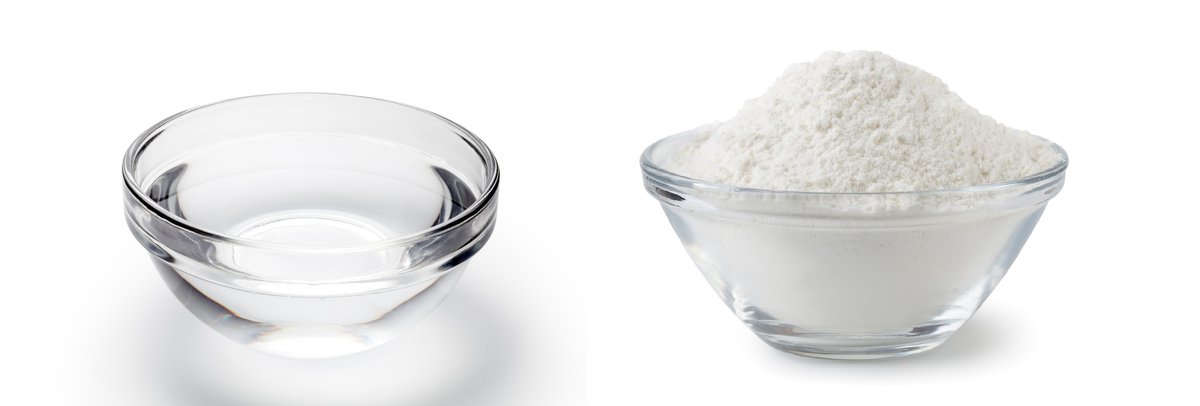Cooking is an art form that takes many years to perfect. Weight vs. volume is an important aspect of cooking to understand. Many people think that they are the same thing, but this isn't the case.
Weight Vs. Volume in Cooking
When cooking, it is important to consider the difference between weight and volume.
Weight is a measurement of the force of gravity acting on an object, while volume is the amount of space occupied by an object.
Different ingredients have different densities, so they can have different weights despite taking up the same amount of space in a container.
How much does a cup of water weigh? How much does a cup of flour weigh?

A good example of the difference between weight and volume is a cup of water and a cup of flour. A cup of water and a cup of flour have the same volume but don't have the same weight. One cup of water weighs about 236 grams, and a cup of flour weighs about 120 grams, depending on how it is packed.
Water has a higher density than flour, so one cup of water will weigh more than one cup of flour even though they both take up the same amount of space. This is important to understand because using too much or too little flour in a recipe could affect the final taste and texture of your baked goods.
Measure by Volume
When measuring ingredients for a recipe, it is often more convenient to measure them by volume instead of weight. Measuring ingredients by volume allows you to use common kitchen utensils like cups and spoons to make measurements. This method works best for liquids and can be much faster and easier than using a scale.
One way to measure your ingredients by volume is to use measuring cups or spoons. For dry ingredients, such as flour, sugar, or baking powder, start with a dry measuring cup or spoon and fill it up to the top without packing down the contents. Using your finger or a butter knife, level off the top of the cup or spoon. For wet ingredients, such as oil, milk, or water, fill the cup or spoon to the top.
Measure by Weight
When measuring ingredients, it is important to use accurate measurements. Weighing the ingredients, especially dry ingredients in baking, will give more consistent results and avoid waste. You can measure ingredients by weight with a kitchen scale. A kitchen scale allows you to weigh out your ingredients in grams or ounces. By learning how to measure your ingredients with a kitchen scale, you can ensure consistent results with every recipe.
Ounces Vs. Fluid Ounces
Ounces and fluid ounces are two different units of measurement. Ounces are used to measure weight, while fluid ounces are used to measure volume. This means that if you have a container filled with liquid, you would use fluid ounces to measure how much liquid is in the container. But if you have a container filled with flour or another dry ingredient, you would use ounces to measure its weight.
Ounces and fluid ounces are sometimes confused due to their similarities. Understanding the difference between them can help you better measure your ingredients when cooking or baking as well as understand how much weight or volume a certain amount of substance contains.
Bottom Line
It is important to understand the difference between weight and volume. Weight is a measurement of gravitational force on the ingredient, while volume is the amount of space the ingredient occupies. Different ingredients have different densities. This means they can have different weights despite taking up the same amount of space in a container.
Understanding this difference can help you measure your ingredients with accuracy and achieve consistent results with your recipes. Whether you use measuring cups or spoons, scales, or other tools, being mindful of weight vs volume will help make your cooking and baking experiences more successful and enjoyable.


